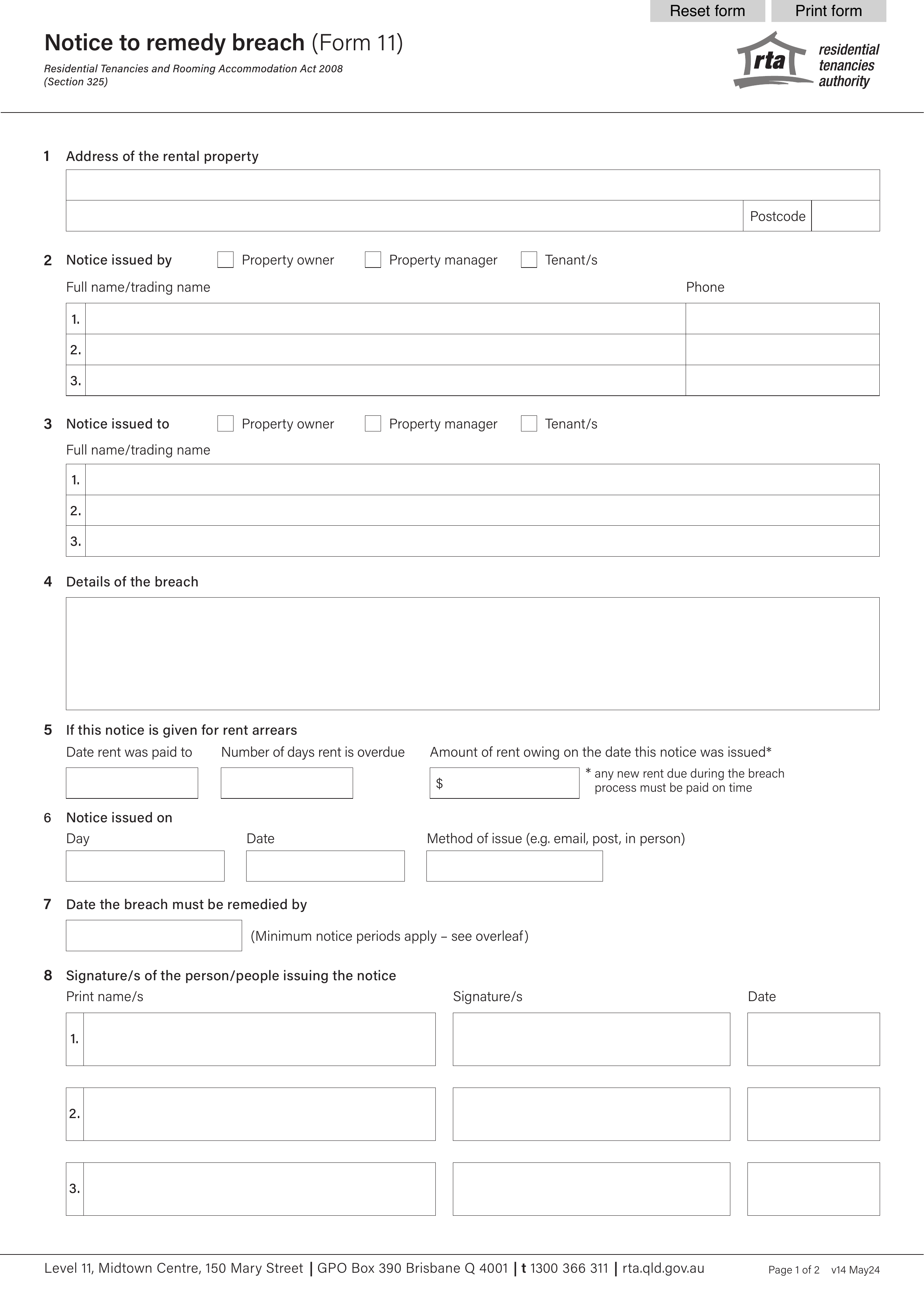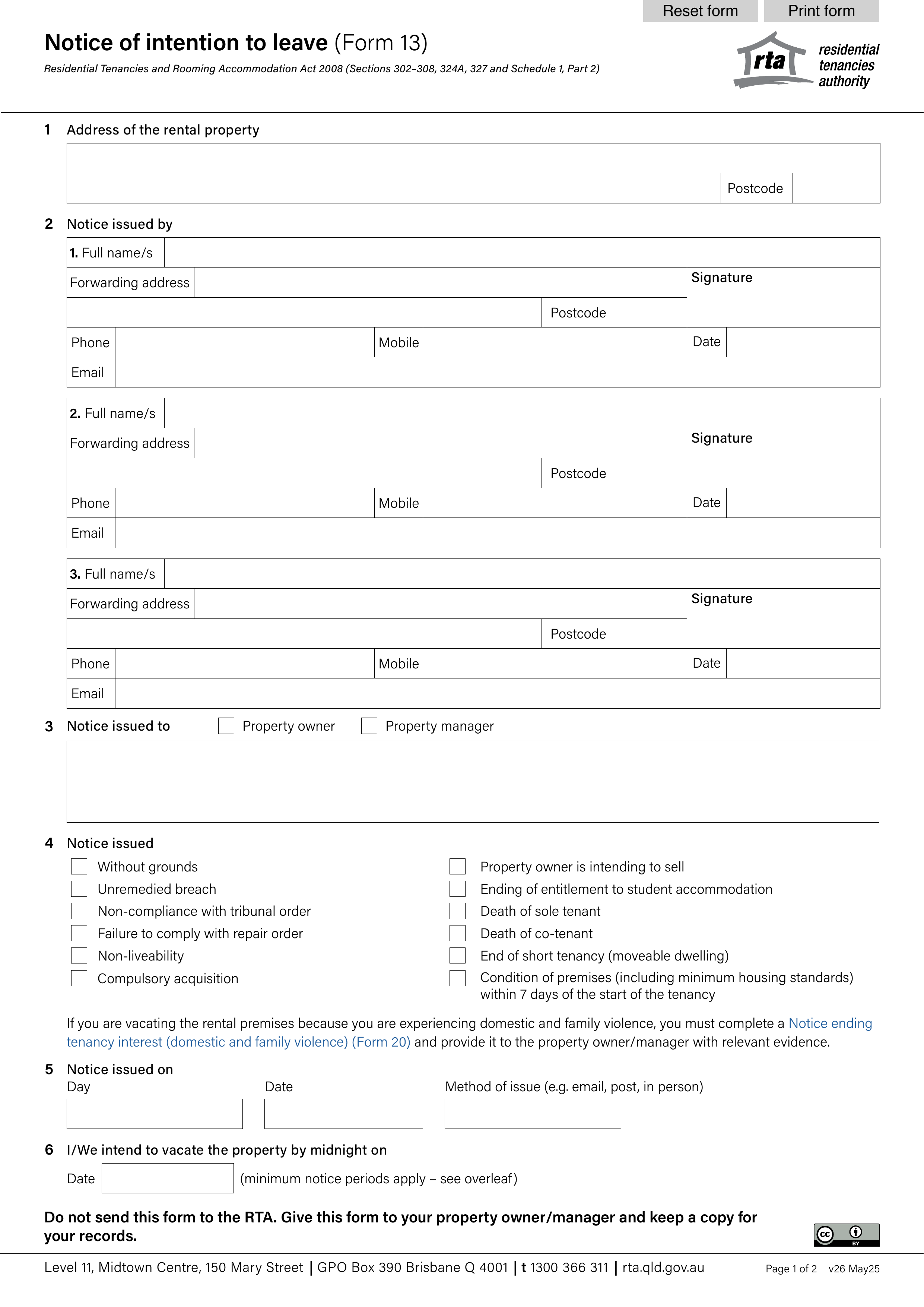What is Form EWR?
The Application for Service – Electrical Works Request (EWR) form is essential for requesting electrical work on new or existing installations. It facilitates communication between customers and electrical retailers or distribution companies. This form captures important information, including the work site address, type of installation, and specifics about the required electrical work. By completing this form, you help ensure that all electrical tasks comply with safety regulations and that a Certificate of Electrical Safety is issued, making the process efficient and secure.
What is Form EWR used for?
The Application for Service – Electrical Works Request (EWR) form is essential for requesting electrical services. Here’s what it’s used for:
- New Installations: Request services for initial connections or metering changes.
- Existing Installations: Request alterations or maintenance for current setups.
- Customer Information: Collect your contact details and address.
- Work Description: Specify the electrical works needed, including any related tasks.
- Certification: Confirm compliance with electrical safety regulations.
How to fill out Form EWR?
- 1
Provide Work Site Details: Fill in the address, customer name, and contact details.
- 2
Specify Work Requirements: Indicate the premise type, connection type, and supply details.
- 3
Describe All Works: Outline all planned electrical works, including any additional tasks.
- 4
Acknowledge Regulations: Confirm compliance with the Victorian Service & Installation Rules and the Electricity Safety Act.
- 5
Include Certificate Information: Attach the Prescribed Certificate of Electrical Safety, if needed.
- 6
Submit Form: Email or mail the completed form to the Retailer or Distributor.
Who is required to fill out Form EWR?
The Application for Service – Electrical Works Request (EWR) form is filled out by individuals or businesses needing new or altered electrical installations. This includes customers for projects, university staff for facility work, and contractors or licensed electricians.
After completion, the form is submitted to the Retailer or Distributor, who manages the request and ensures compliance with regulations, facilitating the scheduling and safety certifications for the electrical work.
When is Form EWR not required?
Form EWR is not required for testing, troubleshooting, and voltage measuring as per NFPA 70E Series guidelines. Additionally, individuals holding special electrician licenses for specific classes of electrical work do not need this form for installations that fall within their licensed scope. Ensure you understand your licensing and the nature of your work to determine if the EWR applies to you.
When is Form EWR due?
The deadline for Form EWR is when the electrical work is ready to be performed. It must be submitted to the relevant Retailer or Distribution Company before any connection work starts. This ensures compliance with Victorian Service & Installation Rules and the Electricity Safety Act and Regulations.
How to get a blank Form EWR?
To get a blank Form EWR, simply visit our platform. The form is pre-loaded in our editor, ready for you to fill out. Please note that PDF Guru aids in filling and downloading but does not support filing forms.
How to sign Form EWR?
To sign the EWR form, you should use a handwritten signature, as official guidelines do not indicate the acceptance of electronic or digital signatures. After filling out the form using PDF Guru, you can create a simple electronic signature if needed. Remember to download the completed form for your records. Always check for the latest updates to ensure compliance with current regulations. PDF Guru does not support form submission; you will need to handle that separately.
Where to file Form EWR?
To submit your Application for Service – Electrical Works Request (EWR), choose between online or mail options. For online, access your local department's system, like DOB NOW: Build in NYC or the Colorado online platform.
If you prefer mail, send your completed application along with a check or money order made out to the relevant department, such as the Department of Labor and Industries in Washington.




